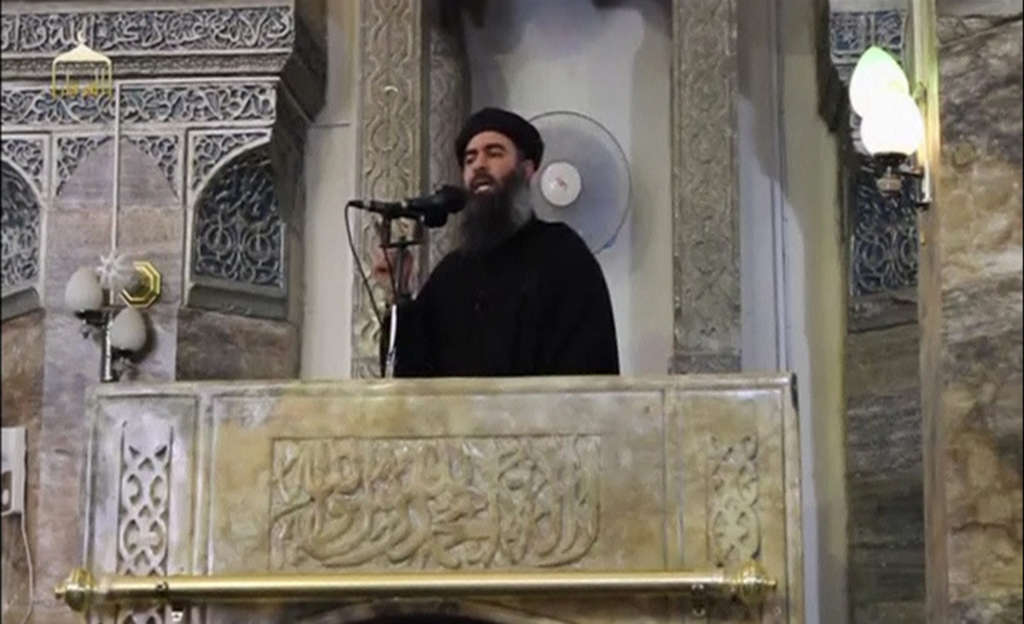Rabat- The year of 2016 has been witnessing a significant regression of the Islamic caliphate of Abu Bakr al-Baghdadi in terms of its spread, human resources, and financial capacities.
This positive path has come to obstruct the political and geographical expansion of ISIS in Iraq, Syria, and Libya. Following the recapture of Fallujah and other cities, Iraqi forces supported by heavy fires of the International Coalition, has launched on 13 August a military operation to control the cities between governorates of Saladin and Mosul.
Many reports have shown that the qualitative development in terrorism combat operations in Syria and Iraq signifies a real start to resume control in the region. The regression of ISIS’ financial capabilities that depended on oil trade and its consequence on the attraction of human resources and armament process reduced ISIS-controlled territory by 12%.
All these losses in the core regions of ISIS indicate that the geographical downturn threatens the concept of the “Caliphate” as a whole, which has inspired the new generation of global terrorists.
According to the HIS Conflict Monitor, ISIS has controlled around 78,000km² of Syria and Iraq surfaces in the beginning of 2015, while it remarkably retracted to around 68,000km² in 2016. Till May, the Baghdadi Caliphate has lost more than 45% of its lands in Iraq and 20% of its control areas in Syria. Also, on 12 August, Peshmerga forces succeeded in liberating Manbij city after 73 days of clashes.
Although many observers and researchers have seen that Libya will be the next destination of the Caliphate following its losses in Iraq and Syria, the extremist group has faced an increasing popular rejection and a fierce armed confrontation in this region.
Unlike the battle of Misrata liberation that depended on modest local popular resistance, the armed forces of the National Unity Government, supported by the U.S. air forces are leading continuous battles against ISIS in Sirte.
On the other hand, the humanitarian losses that struck the organization during the second half of 2016 emphasizes its defeat in the field; more than 30,000 European fighters have returned to their countries and airstrikes are killing more terrorists.
On 18 August, a Pentagon official announced that ISIS’ leader in Afghanistan and Pakistan Hafez Said was killed in a U.S. air raid. Many of ISIS’ leaders were also killed in Iraq including Abu Ali al-Anbari, the organization’s minister of war.
In spite of the remarkable success achieved during this year’s battles against Baghdadi in Libya, Iraq, and Syria, ISIS still have big chances to maneuver in the deserts that links Iraq and Libya. The ongoing conflict among the different Libyan parties and the consequences of the regional and international interventions will play a major role in the country’s failure in weakening ISIS.
The fall of Baghdadi’s Caliphate is not linked to the weakening of his terrorist organization by blockading it and suspending its financial and humanitarian resources, but to the capability of the international system on developing the patterns of international conflicts and resolving conflicts peacefully.
The emergence of ISIS has not reflected the development of the Iraqi society and the failure of the state, but it has uncovered the patterns of the regional and international conflict and the contradiction of its interests in the Middle East. ISIS has been exploiting this paradoxical situation to expand and to maneuver in the geography of political wars that controls the MENA region.
Baghdadi’s ongoing regression requires a swift development in the dynamics of compromises and regional understandings between Sunnis and Shi’ites under the leadership of Saudi Arabia, Iran, Turkey, Moscow, and Washington to avoid any new expansion operations by ISIS in the region.
